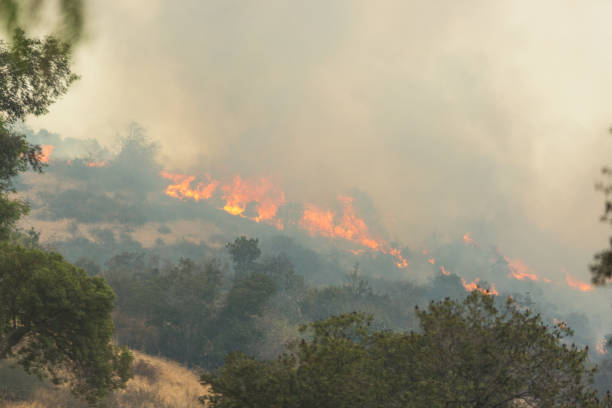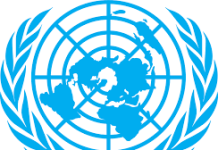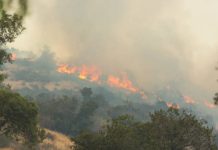
The acceleration of climate change is increasing the risk of disease outbreaks and the spread of Disease X, which represents a hypothetical unknown pathogen that could cause a future epidemic, according to a new report from the Coalition for Epidemic Preparedness Innovations (CEPI).
The Coalition is a foundation that takes donations from public, private, philanthropic, and civil society organisations to finance independent research projects to develop vaccines against emerging infectious diseases.
Outbreaks of deadly priority pathogens such as Lassa fever, Nipah virus, and Rift Valley Fever are becoming larger, more frequent, and more widely distributed as a result of climate change.
Several studies have shown that health systems are not prepared for the dual burden of climate change and escalating pandemic risk.
Climate change is also causing Lassa fever to extend its deadly reach far beyond its Nigerian and West African origins, according to scientists at the University of Brussels in Belgium and Scripps Research in the United States, who warned in a study published in September 2022.
By 2070, the number of countries across the whole of Africa that will develop the ecological conditions suitable for the Lassa virus spread could drastically increase, potentially exposing hundreds of millions more people to the disease.
The WHO adopted the placeholder name Disease X in February 2018 to ensure that their planning was sufficiently flexible to adapt to an unknown pathogen (for example, producing broader vaccines, and manufacturing facilities).
Director of the United States (U.S.) National Institute of Allergy and Infectious Diseases Anthony Fauci said the concept of Disease X would encourage WHO projects to focus their research efforts on entire classes of viruses, instead of just individual strains, thus improving the WHO’s capability to respond to unforeseen strains.
Experts, including some of the WHO’s expert advisors, speculated that COVID-19, caused by Severe Acute Respiratory Syndrome Coronavirus type 2 (SARS-CoV-2) virus strain, met the requirements to be the first Disease X.
The report argues that investing now in boosting global disease surveillance and early warning systems, as outlined in the 100 Days Mission, and in scientific research to prepare for known and for now unknown epidemic diseases, will mean that, just like with climate change, humans can begin to cap the rising risks, turn the tide of threats, and eventually neutralize their pandemic potential.
Although humans have the scientific knowledge and technical capability to contain outbreaks before they run out of control, health systems are not fully prepared for the dual burden of climate change and escalating pandemic risk.
The changing climate is expanding the range of disease-carrying animals, fuelling spillover events, and accelerating the emergence of Disease X. The risk of the emergence of a new Disease X is increasing because of the rapidity of change in living conditions for humans and other life forms.
Environmental change is happening at a much higher speed now than before, which increases the likelihood that there will be (spillover of) pathogens and microbes to which humans are not adapted. Lack of immunity can cause these things to spread quickly to the whole human population.
Despite these challenges, the report highlights that there is still reason for hope, as humanity has the scientific knowledge and technical capability to contain such outbreaks before they run out of control.




















rNYAjIZSH
oxp72k
lsUfGcYTq